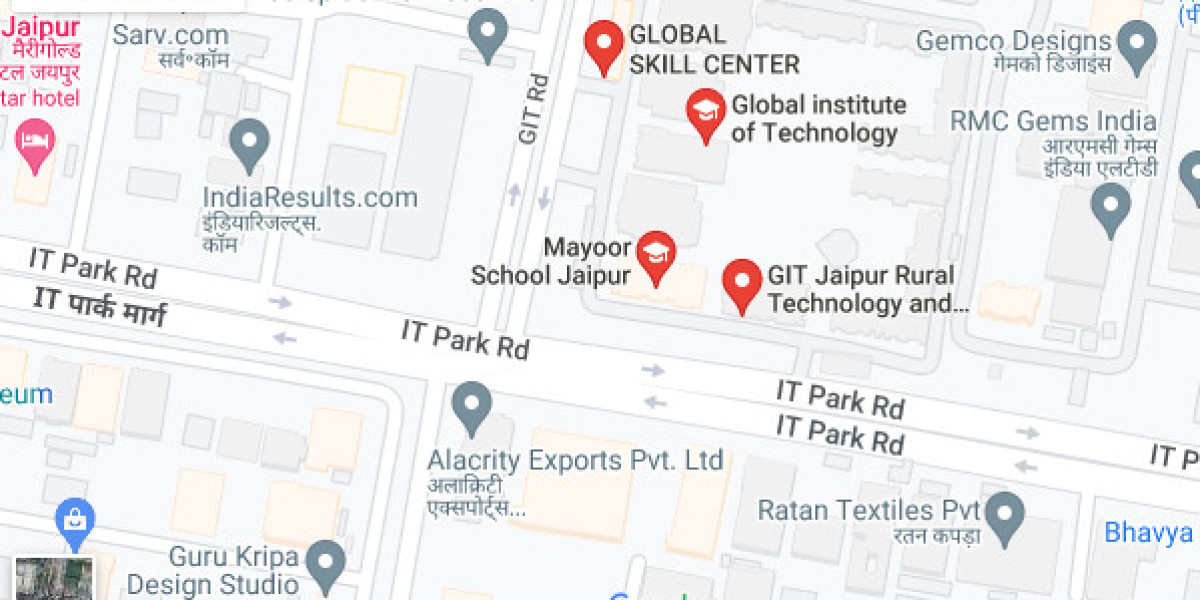Learning a new language can feel like an uphill battle, but what if there was a way to make the process faster and more natural? Language immersion is a proven method that helps learners absorb a language in a way that mimics how native speakers learn. Instead of memorizing vocabulary lists, immersion places you in real-life situations where the language is used daily.
How Language Immersion Transforms Learning
The Science Behind Language Immersion
Language immersion works because it forces your brain to adapt quickly. Instead of translating words from your native language, you begin to think directly in the target language. Research shows that exposure to a new language in natural settings activates different parts of the brain compared to traditional learning methods, making retention easier and faster.
Key Benefits of Language Immersion
1. Faster Fluency Development
One of the biggest advantages of immersion is that it accelerates fluency. When you're surrounded by a language, your brain continuously processes it, leading to quicker comprehension and speaking skills.
2. Improved Pronunciation and Accent
By hearing native speakers daily, learners naturally pick up the correct pronunciation, intonation, and rhythm of the language. This makes it easier to sound more natural and avoid common mistakes.
3. Enhanced Listening and Comprehension Skills
Immersion forces you to listen actively. Whether you're ordering food, asking for directions, or watching TV in another language, your ability to understand spoken words improves dramatically over time.
4. Better Cultural Understanding
Language is deeply tied to culture. Immersion provides insights into cultural nuances, idioms, and expressions that textbooks often overlook. This understanding helps you communicate more effectively with native speakers.
How to Incorporate Language Immersion into Your Life
1. Travel to a Country Where the Language Is Spoken
The most effective way to immerse yourself is by traveling to a country where your target language is spoken. Engaging with locals, navigating daily life, and embracing the culture will rapidly boost your learning.
2. Create an Immersive Environment at Home
If traveling isn’t an option, you can still create an immersive experience at home by:
- Watching movies and TV shows in your target language
- Listening to podcasts or music in the language
- Changing the language settings on your devices
- Speaking with native speakers online through language exchange programs
3. Practice Speaking Every Day
Language immersion isn’t just about listening—it’s about using the language actively. Join language meetups, find a language partner, or talk to yourself in the target language to strengthen your speaking skills.
Conclusion
Language immersion is a game-changer for anyone serious about becoming bilingual. By surrounding yourself with the language, whether abroad or at home, you accelerate fluency, improve pronunciation, and develop a deeper cultural understanding. While traditional learning methods have their place, nothing compares to the power of real-life exposure.



